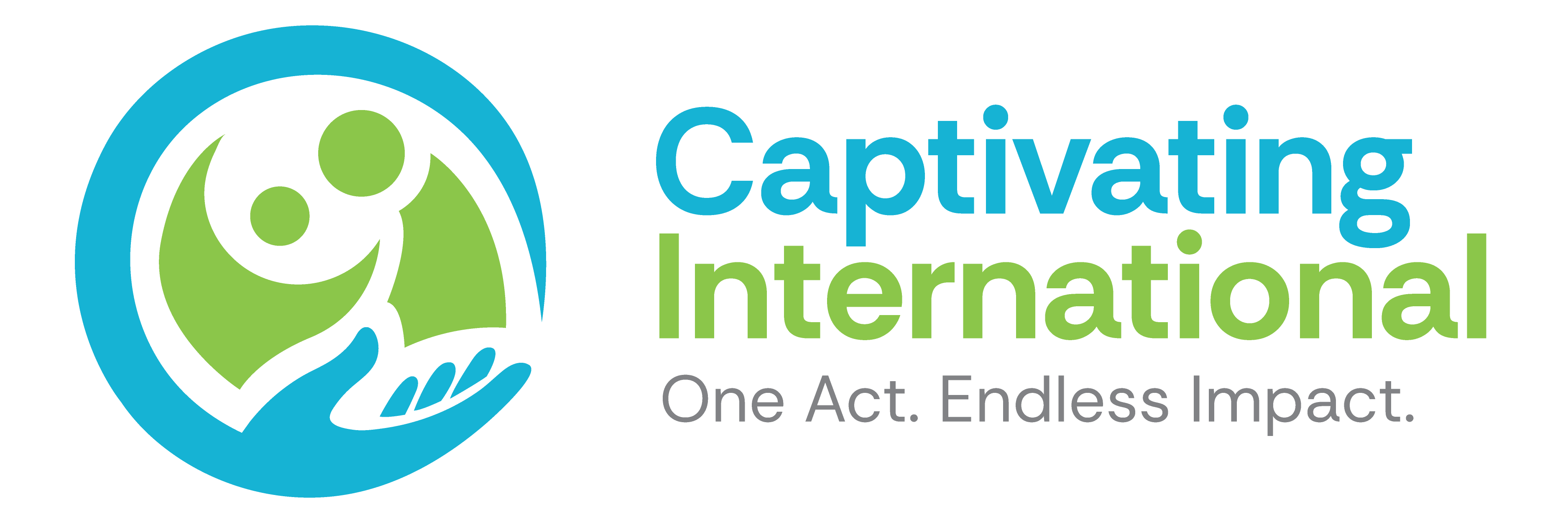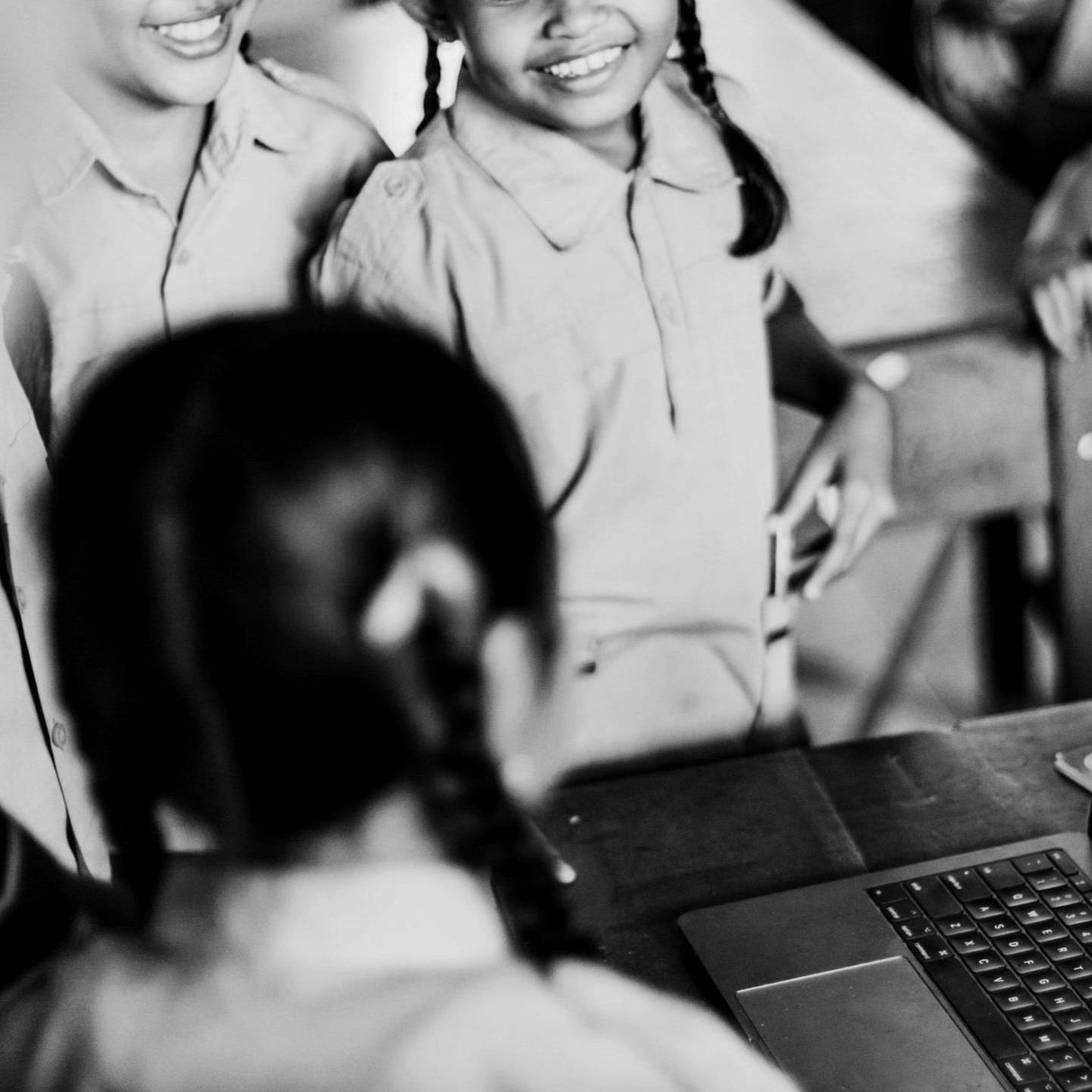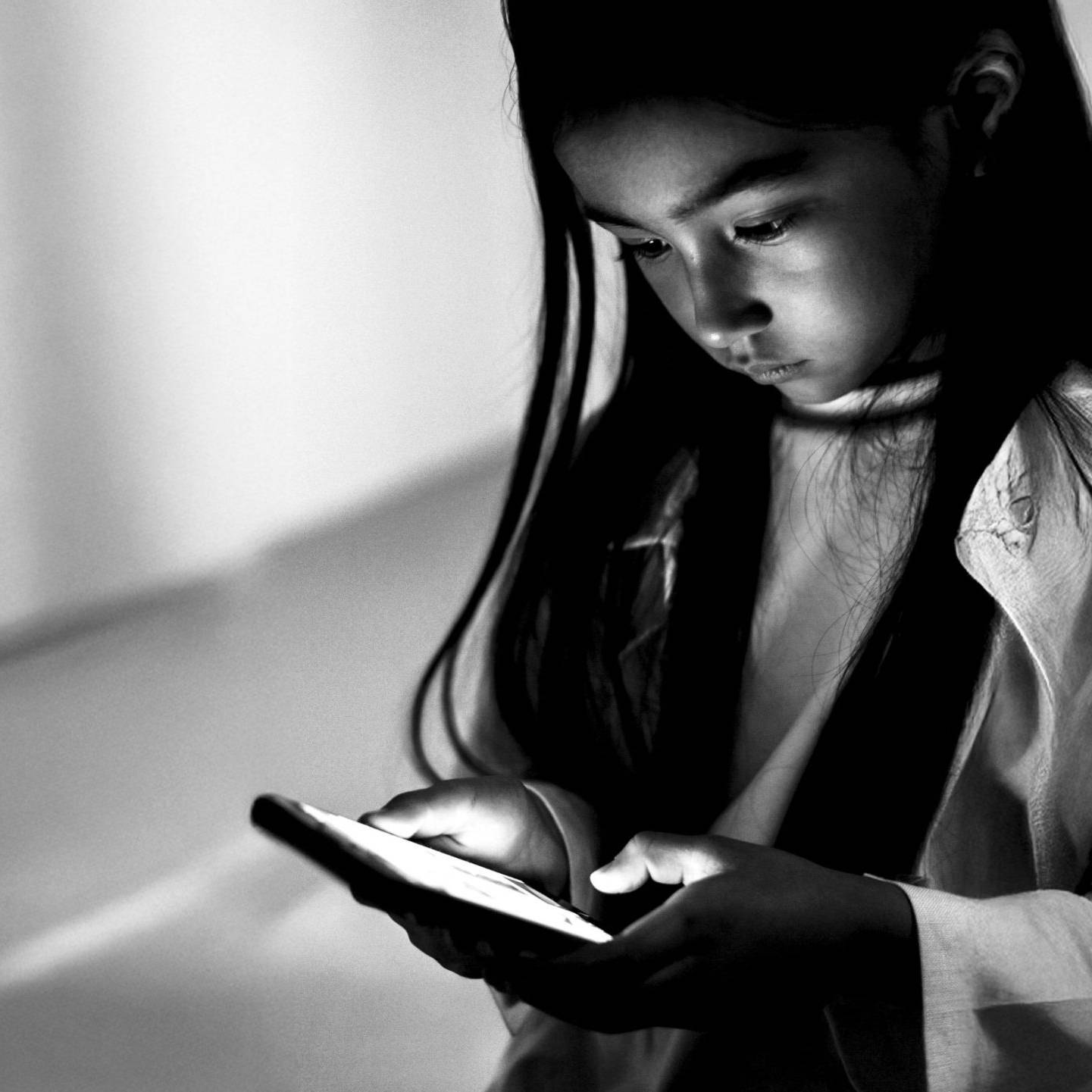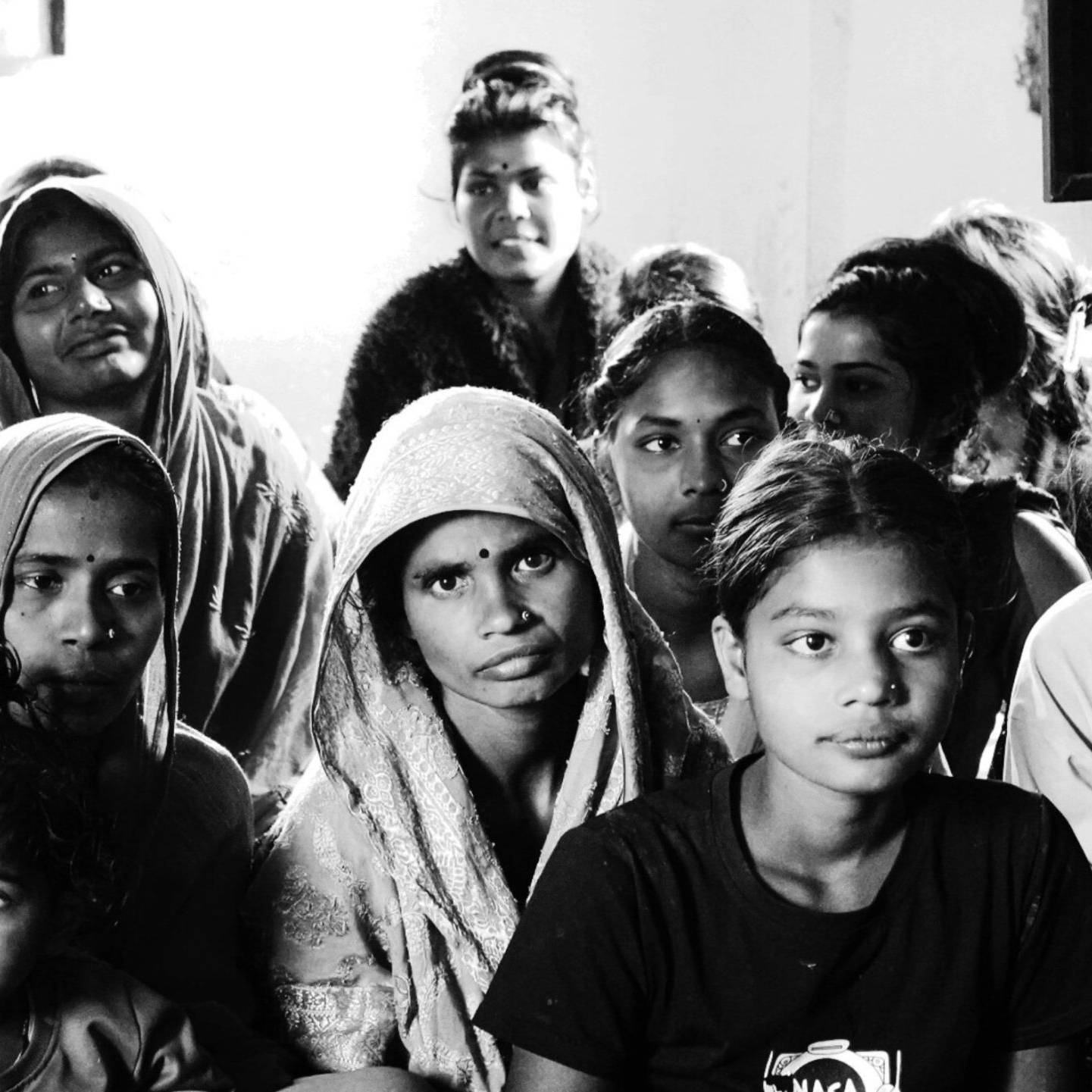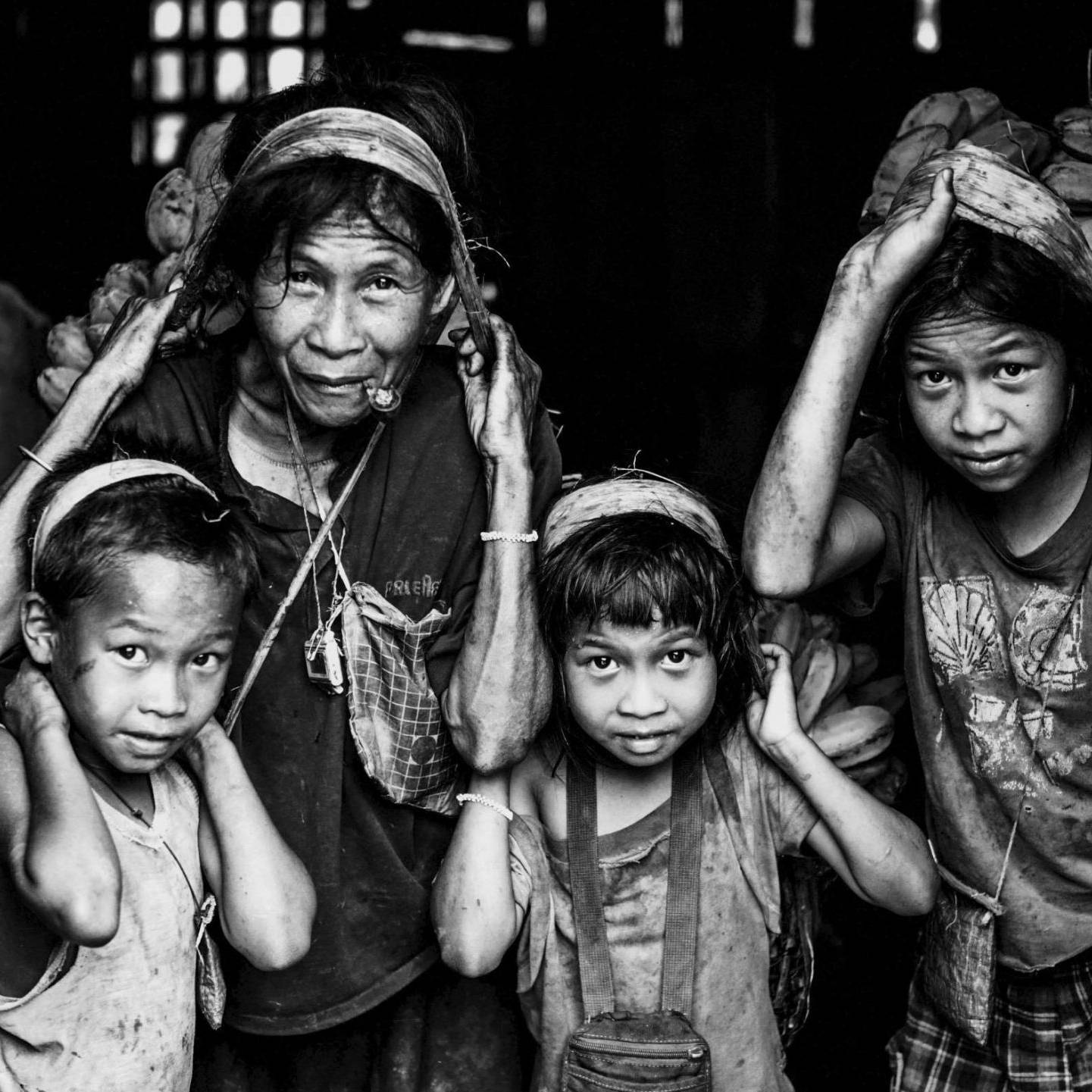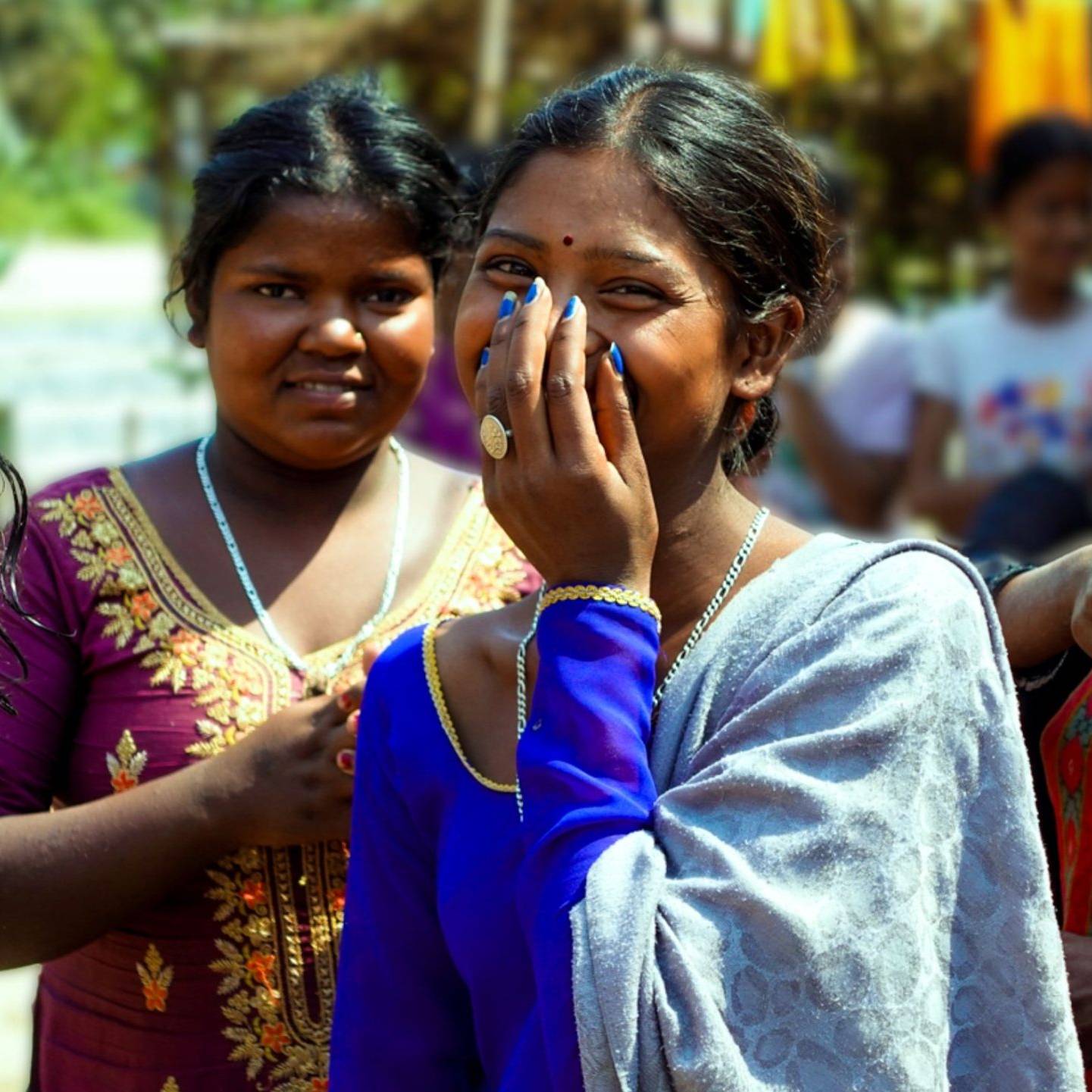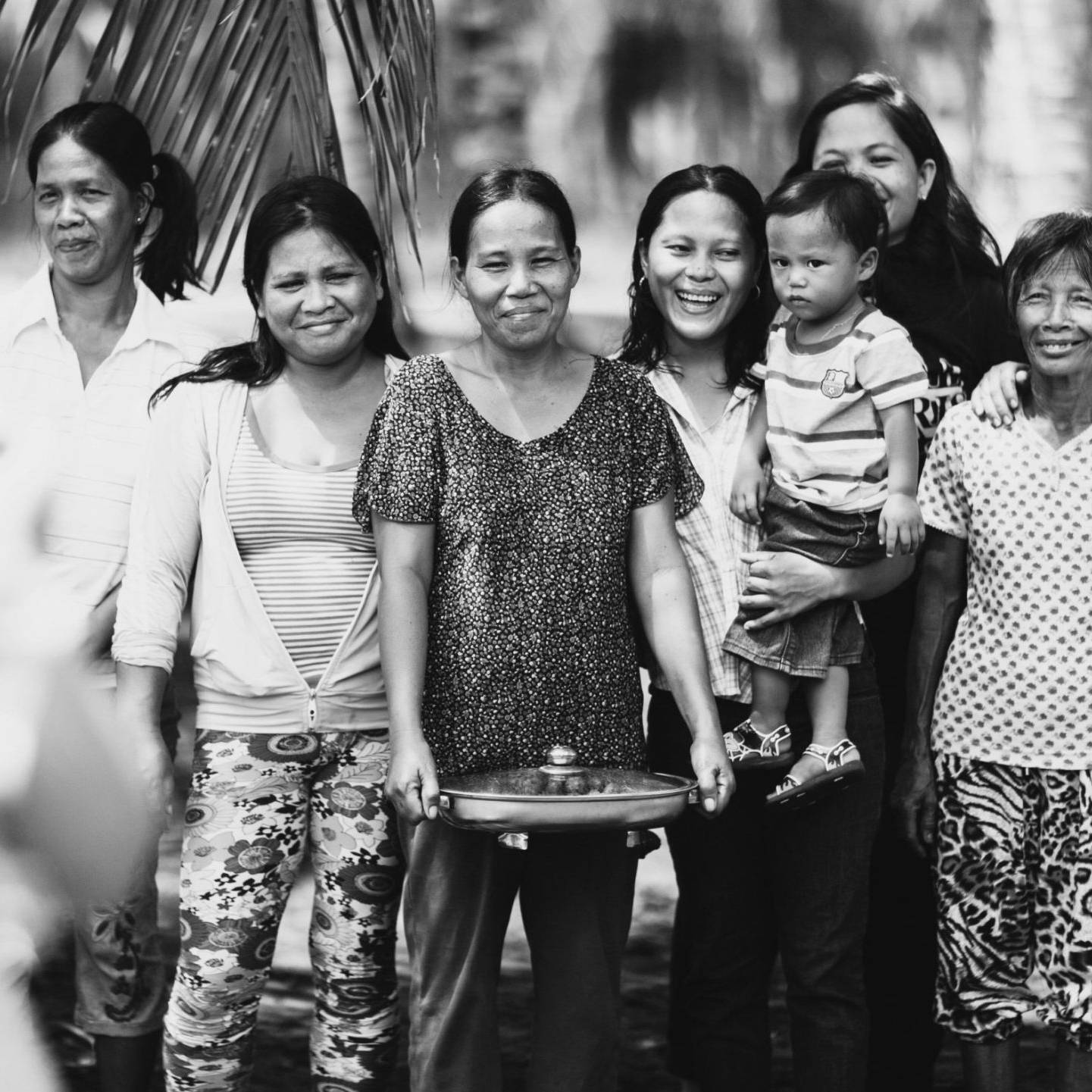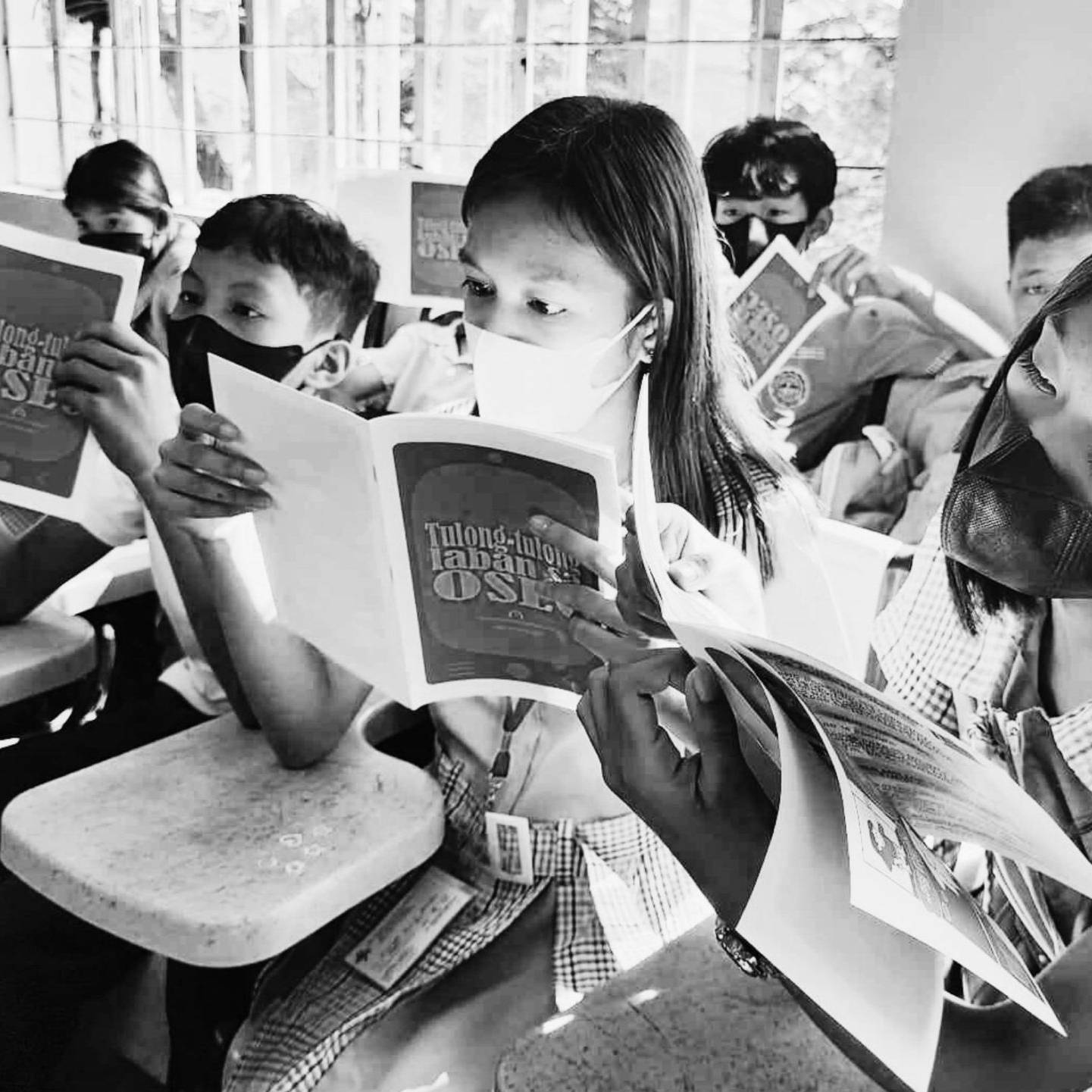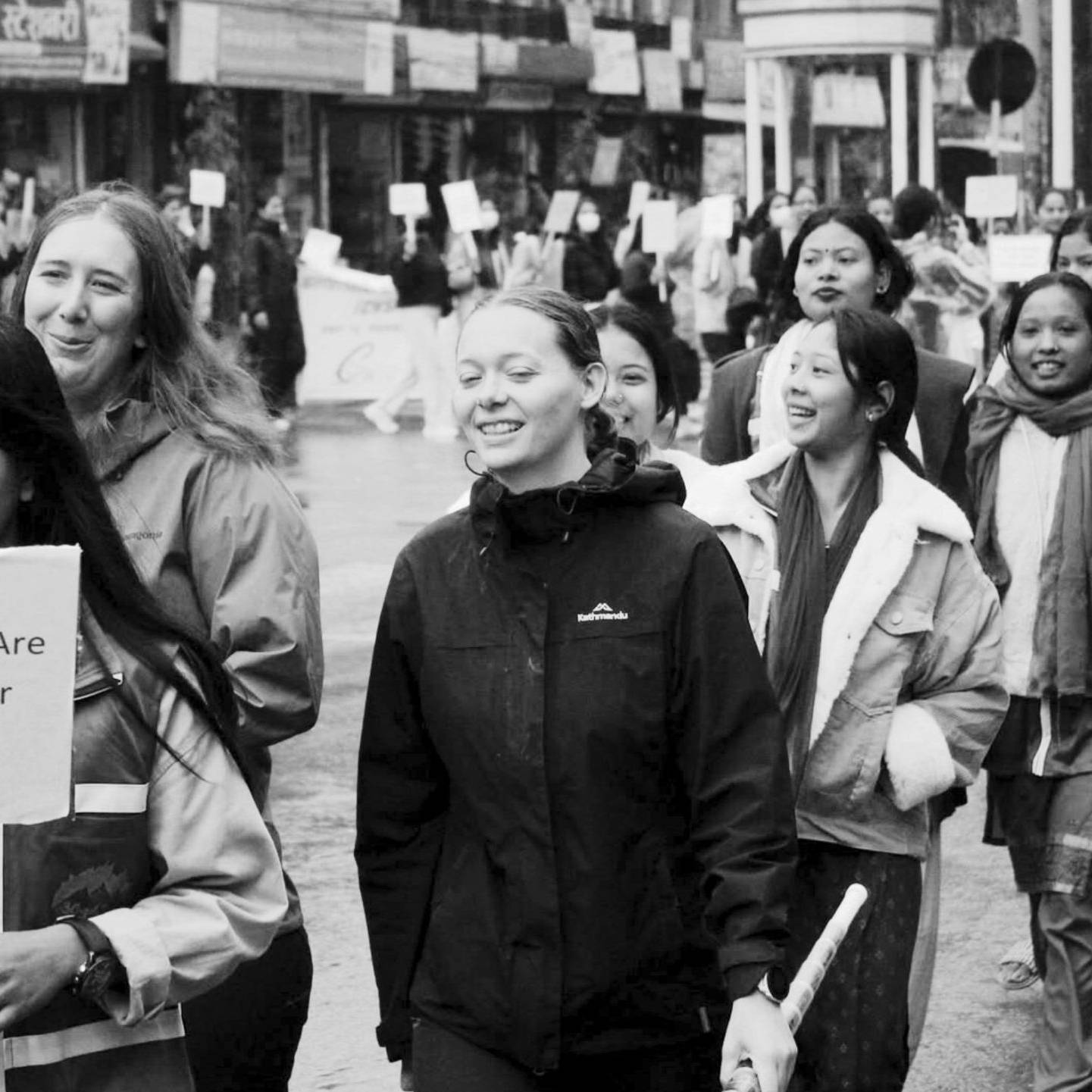Earlier in June 2025, a Filipina online personality and businesswoman, Queen Hera, filed a complaint with the National Bureau of Investigation (NBI) for child pornography. A concerned online citizen sent her a screenshot of her one-year-old child, Diamond, in an explicit AI-manipulated video being sold on the dark web for USD 26. Disgusted and enraged, Queen Hera started to post calls online about spreading awareness about children’s online safety and privacy. In the meantime, she has been dedicating her time coordinating with IT professionals to catch the perpetrator/s behind it.
Her calls did not go unheard by social media users, and many expressed their sympathies. It also sparked an online discourse regarding seemingly harmless online habits that could be hurting our children. Diamond is a victim of child porn, a kind of OSAEC, and in this article, we will discuss what it is and how else can mothers like her can protect their children from the sick minds of some people online.
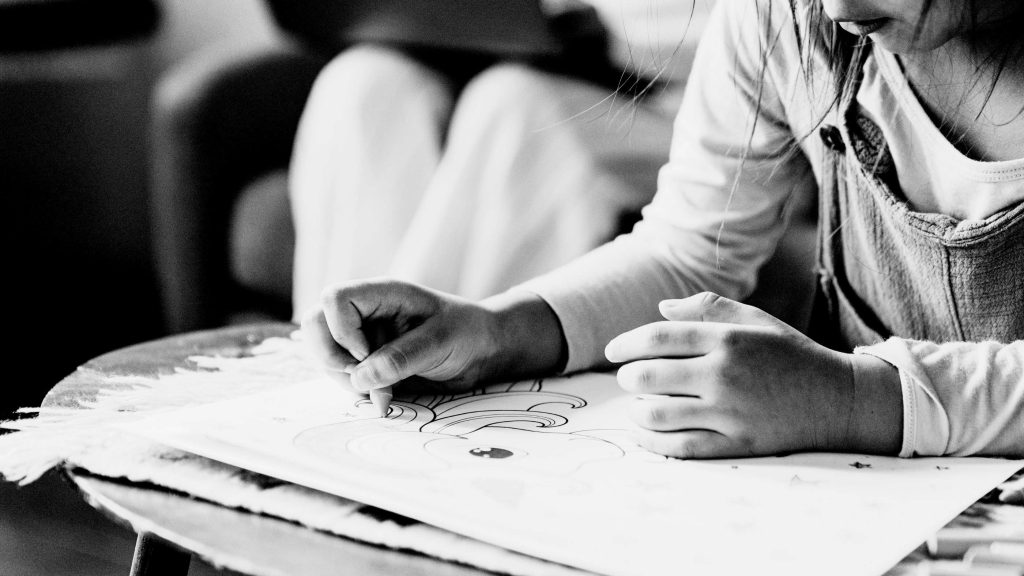
What is OSAEC?
OSAEC stands for Online Sexual Abuse and Exploitation of Children, and defined by the United Nations Office on Drugs and Crime as “the use of ICT as a means to abuse and/or exploit children sexually, which includes cases in which offline child abuse and/or exploitation is combined with an online component.” It is often used interchangeably with OCSEA—Online Child Sexual Exploitation or Abuse—so next time you encounter these terms, do not be confused.
Every year, 300 million children are reported to be OSAEC victims. In the Philippines in 2022 alone, 500,000 children were forced to create child porn for profit. Often, the perpetrators of OSAEC are the parents themselves or close relatives, to sell to foreign nationals, males aged 40-72 years old.
“Harmless” Posts by Parents
To parents, their children are their pride and joy. And in this age of oversharing and overconsumption of digital content, it is way too normalized to share every milestone and cute moment in various media formats. After all, if celebrities are doing it, why can’t normal people do it too?
What many people do not realize is that behind those flattering engagements of likes and comments, some people are hiding much more sinister intentions. A child’s photo or video could be easily downloaded and then AI-manipulated for explicit content. In just a few clicks, what was once a cute picture can then be sold anonymously for some sick gain. It is hard to wrap our heads around how people would want to see the appeal in content like this, but sadly, they exist, and there are many of them. These people are like cockroaches. If you see one, there are probably thousands.
In the Philippines, social media is one of the masses’ favorite past-time. 90.8 Million are registered users in the country, which makes up 78% of the country’s population. Posting and interacting with social content is way too normalized that not many realize that it could potentially risk their children’s privacy. To protect your children, you can start with some of these dos and don’ts.
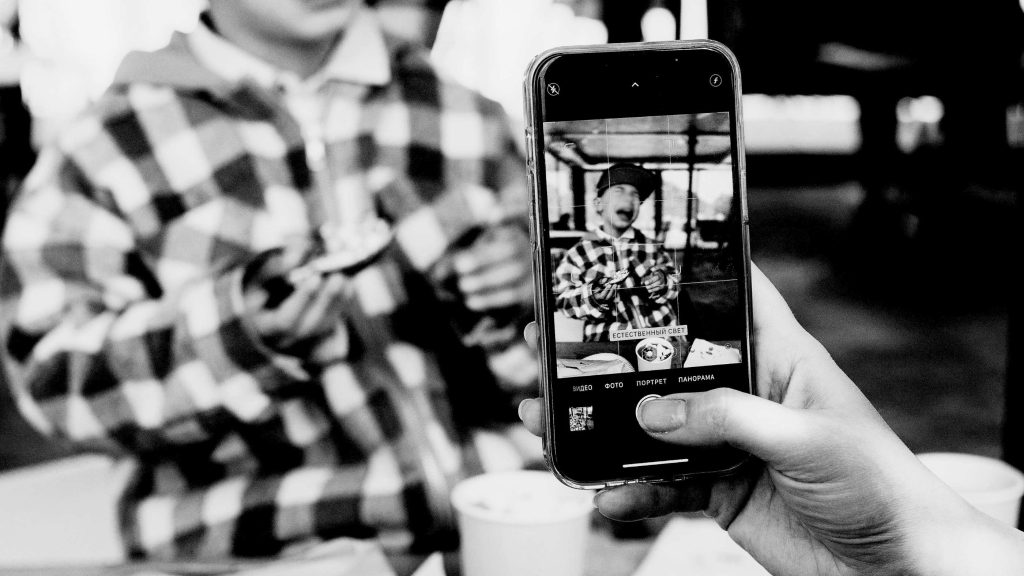
Do:
- Set your accounts to private
In the Philippines, there exists a toxic mindset around privacy. “Feeling artista” (Celebrity wannabes), as one intrimitida (a busybody) might say when someone locks or sets their profile to ‘private’. But being afraid of this judgment could be harmful to your children. The solution? Lock your profiles, set them to private, and only allow trusted friends and family to access your information. - Blur or cover the faces of minors
Many people think that when they see a cute kid, they could just post it on their Instagram story or Snapchat. One may ask, “Is this even legal?” Well, it depends on which country you are posting it in. In the Philippines, posting photos of minors without their parents’ consent could lead to legal repercussions like Republic Act No. 7610 or the Special Protection of Children Against Abuse, Exploitation and Discrimination Act.
Moreover, as a parent or guardian, blurring or covering children’s faces could also protect them from AI-manipulated videos or reposts from malicious websites and communities. - Think before you post
Like all other life decisions, practicing intentionality in our actions could make a world of difference. In posting media containing children, consider asking yourself, ‘What am I trying to achieve with this? Does this drop of clout point outweigh the surging risks of real exploitation?
Don’t:
- Post identifiers
School uniforms, prominent landmarks, plate numbers, and more—every familiar image is just one Google Images search away. - Post private moments
Bath time photos, crying, or nap time moments—these moments of vulnerability are for you and your eyes only. If the child grows up to see these pieces of themselves on the internet, do you think they would be happy to see them there? - Interact with strangers
Some traffickers may dress themselves as seemingly trustworthy figures on the internet. After all, it only takes a bit of curation of pictures, captions, and shared content to build an online identity. If you haven’t done the first item in the earlier “Do” list yet, then this could be a good preventative second step.
Someone else posted my kid, what to do?
While you are trying your best to impose efforts in keeping your child’s privacy, others may not easily comprehend this, despite having good intentions. There are many instances where children’s faces are posted all around the internet without the parents’ permission on various social media platforms. Although not always out of ill intentions, these harmless behaviors could cause real harm to the child and their parents. Here’s what to do when someone posts a picture of your child without your consent.
- Talk to them.
Whether it’s a friend or a close relative, easily set a boundary about not posting your child online. You may explain to them how you think their actions could pose harm to your child. After all, YOU are the parent and not them. - Report
If the first step doesn’t work out, consider reporting their post to the platform or authorities.
Awareness goes a long way
Awareness is truly one big step towards safety. Unfortunately, those who are vulnerable are not always aware of these things or may not easily stumble upon awareness materials like this in their day-to-day lives. So we make it our mission to spread awareness about OSAEC in impoverished communities in Manila, Philippines, through our prevention efforts. We also ensure to incorporate regular awareness seminars in these sustainable prevention projects:
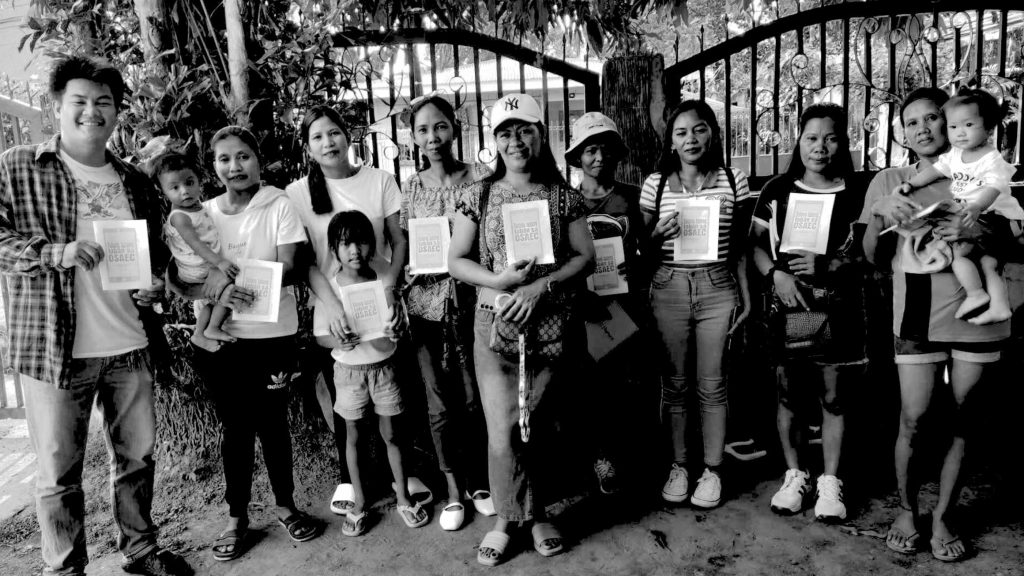
One Hope Microfinance Program
Our One Hope Microfinance Program has helped numerous mothers elevate their living standards and foster positive change through providing them microloans starting at Php 6,000 (USD 106.) After that, each beneficiary will become a part of a group where they shall commit to weekly payments and community building. The loans will increase with increments of Php 3,000 every after full payment with each loan payable for a maximum of 40 weeks.
One of the reasons for child exploitation is poverty, and through equipping families with additional sources of income, they won’t need to exploit their children. Moreover, part of the program involves participants in our regular seminars regarding OSAEC to inform themselves, their friends, and their immediate families about this crime.
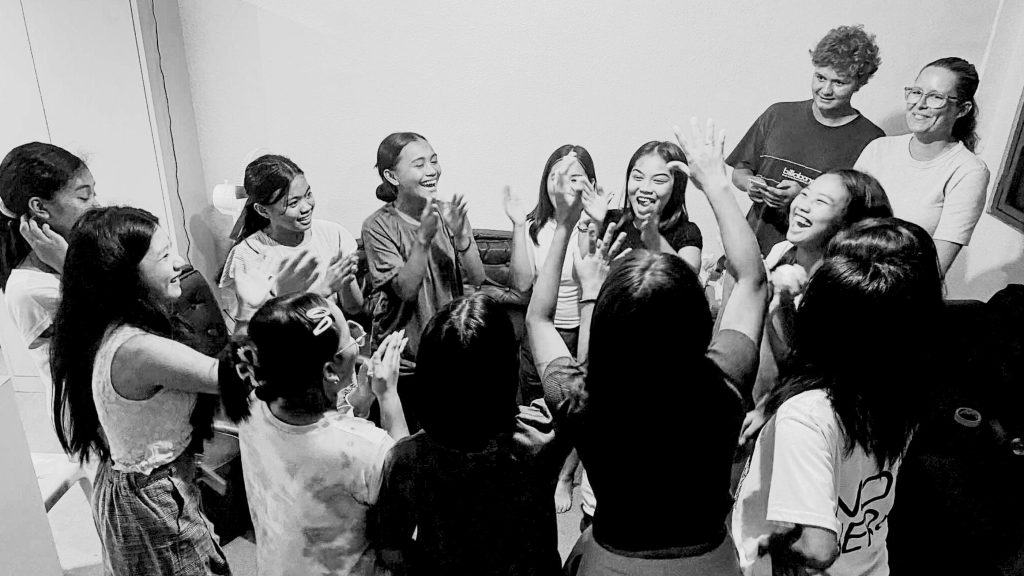
Manila Slum Program
Our Manila Slum Project (MSP) helps alleviate poverty by supporting the schooling of children from vulnerable communities in Manila. Beneficiaries receive monthly financial support, and the program organizes regular meetings and seminars with the parents to ensure that they are part of their children’s education. The seminars cover important topics such as OSAEC awareness and online safety. In the future, seminars about good parenting will be conducted, as guided by the Department of Social Welfare and Development’s (DSWD) Parenting Effectiveness Service (PES).
Consider donating to our projects today to protect Filipino children from online exploitation!
DID YOU KNOW?
10 December 2025
Fighting OSAEC: Policies, Global Leaders, and What More Countries Can Do
OSAEC is rising worldwide, and here’s what we can learn: strong laws, tech…
0 Comments14 Minutes
3 October 2025
Suspicious? Here are OSAEC Red Flags To Look Out For
Online child safety matters: learn how to spot OSAEC red flags, protect kids from…
0 Comments13 Minutes
11 August 2025
Life After Human Trafficking? Survivor Stories and What They Need
Rescue is just the first step, survivors need safety, dignity, and the chance to build a…
0 Comments13 Minutes
5 August 2025
What Is Child Exploitation? Definition, Types, and How To Help.
Child exploitation takes many forms: sexual, criminal, labor, online. Learn the signs and…
0 Comments9 Minutes
11 June 2025
Simply Captivating: Our 2024 Impact Report
In 2024, your support directly impacted 12,000+ lives across Nepal, China & the…
0 Comments10 Minutes
8 March 2025
Happy Women’s Day! Now What?
International Women’s Day is more than a day—it’s a movement for equality. Let’s educate,…
0 Comments11 Minutes
10 February 2025
What Is OSAEC in the Philippines?
Online Sexual Abuse & Exploitation of Children in the Philippines is a growing crisis,…
0 Comments8 Minutes
5 January 2025
What is Human Trafficking? Definition, Types, and How to Help
Human trafficking arises from layers of oppression like poverty, gender bias, and…
0 Comments8 Minutes
